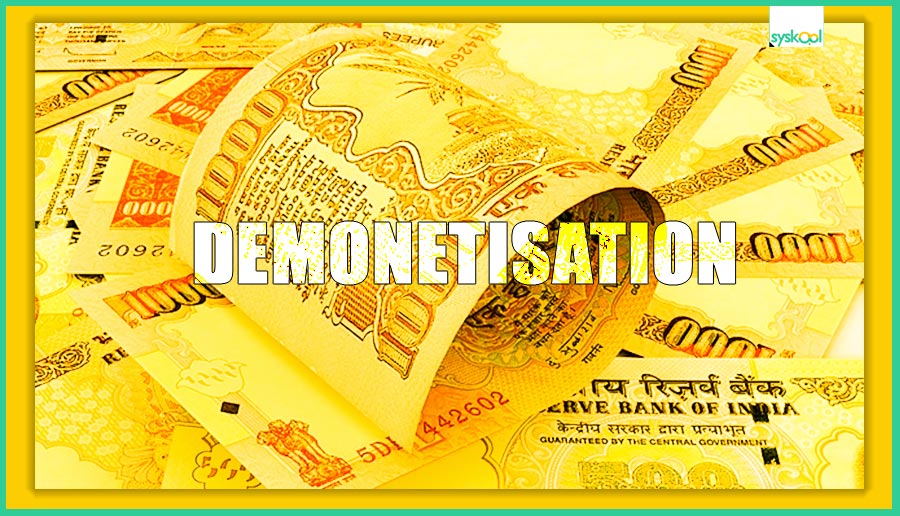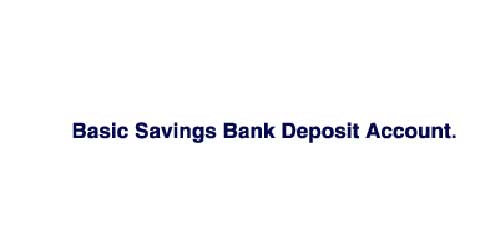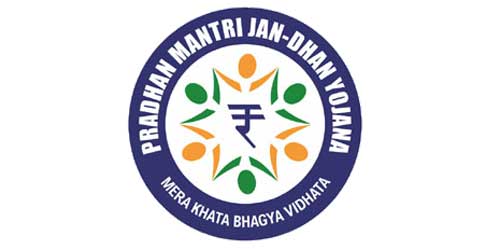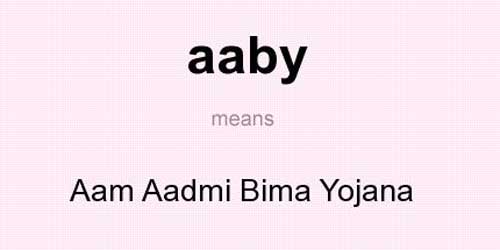Iron and steel industry
- First steel industry at Kulti, Near Jharia, West Bengal – Bengal iron works company in 1870
- First, large-scale steel plant TISCO at Jamshedpur in 1907 followed by IISCO at Burnpur in 1919. Both belonged to private sector
- The first public sector unit was “Vishveshvaraya Iron and Stell works” at Bhadrawat
Public sector steel plants
- Russian government –
| Location | Assistance |
| Rourkela(Orrisa) | Germany |
| Bhilai(MP) | Russian government |
| Durga[ir(WB) | British government |
| Bokaro(Jharkhand) | |
| Burnpur(WB) | Acquired from private sector in 1976 |
| Vishakhapattnam(AP) | Russian government |
| Salem(Tamil Nadu) | – |
| Vijai Nagar(Karnataka) | |
| Bhadrawati(Karnataka) | nationalisation of Vishveshvarayya Iron and Steel Ltd(owned by Central and State government) |
- all these are managed by SAIL(at present all important steel plants except TISCO, are under public sector)
- Steel Authority of India Ltd(SAIL) was established in 1974 and was made responsible for the development of the steel industry
- Presently India is the eighth largest steel producing country in the world.
Read Also: Robots : Applications in Industry
Jute industry
- Jute industry is an important industry for a country like India because not only it earns foreign exchange but also provides substantial employment opportunities in agriculture and industrial sectors
- Its first modernized industrial unit was established at Reshra in West Bengal in 1855
- The jute industry in the country is traditionally export-oriented. India ranks number one in the raw jute and jute goods production and number two in the export of jute goods in the world.
Cotton and textile industry
- Oldest industry of India and employees largest number of workers
- It is the largest organized and broad-based industry which accounts for 4% of GDP, 20% of manufacturing value-added and one-third of total export earnings.
- The first Indian modernized cotton cloth mill was established in 1818 at Fort Gloster near Calcutta but this mill was not successful. The second mill named “Mumbai’s spinning and weaving Co.” Was established in 1854 at Bombay by KGN Daber.
Must Read: Indian Industry: Rules, Policies, and Types
Sugar industry
- The Sugar industry is the second largest industry after cotton textile industry among agriculture-based industries in India.
- India is now the largest producer and consumer of sugar in the world. Maharashtra contributes over one-third of the total sugar output, followed closely by Uttar Pradesh.
Fertiliser industry
- India is the third largest producer of nitrogenous fertilizers in the world
Paper industry
- The first mechanized paper mill was set up in 1812 at Serampur in West Bengal.
- The paper industry in India is ranked among the 15 top global paper industries.
Silk industry
- India is the second-largest(first being China) country in the world in producing natural silk. At present, India produces about 16% silk of the world.
- India and joys that distinction of being the only country producing all the five known commercial varieties of silk viz Mulberry, Tropical Tussar, Oak Tussar, Eri, and Muga.
Petroleum and natural gas
- First successful Oilwell was dug in India in 1889 at Digboi, Assam.
- At present, a number of regions having oil reserves have been identified and oil is being extracted in these regions
- For exploration purpose , Oil and Natural Gas Commission (ONGC) was established in 1956 at Dehradun, Uttarakhand
Don’t Miss:









